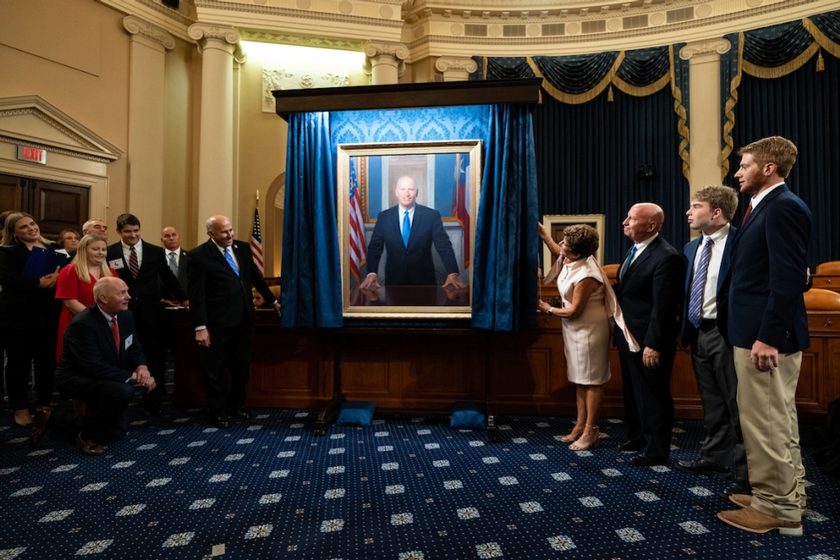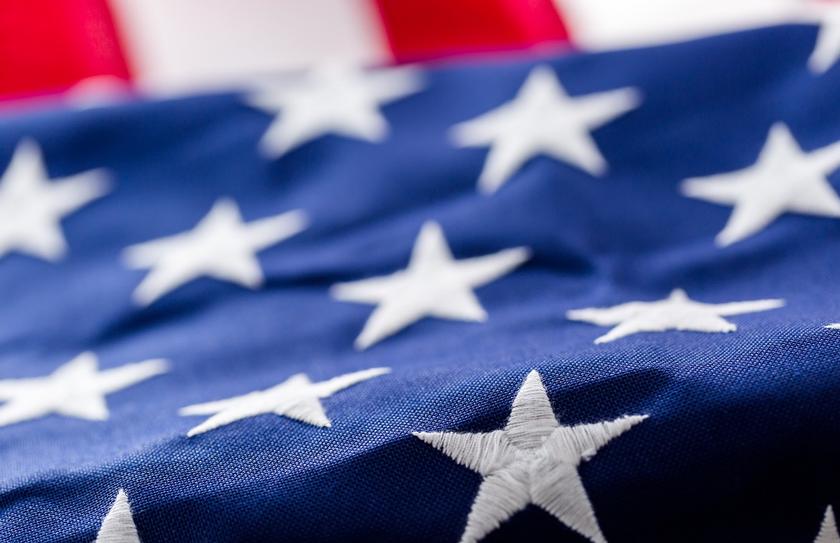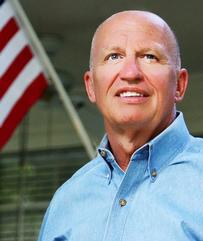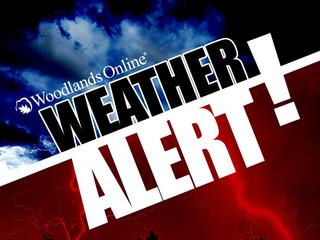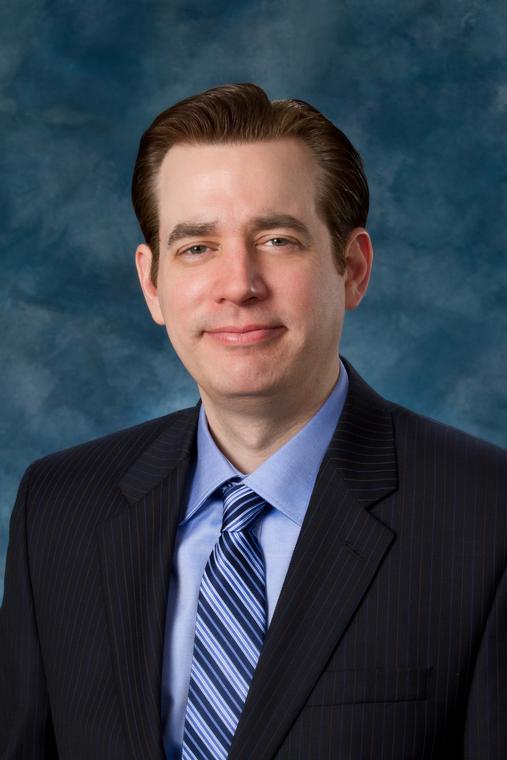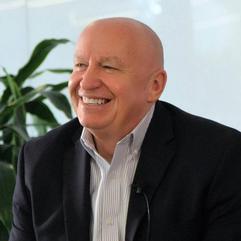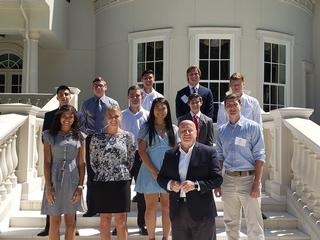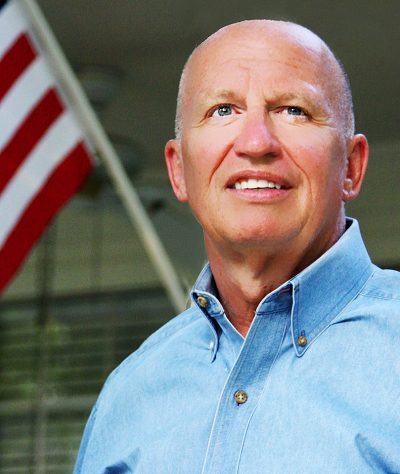- Sections :
- Crime & Public Safety
- Restaurants & Food
- Sports
- More
Categories
FAQ: Public Health and Social Service Emergency Fund
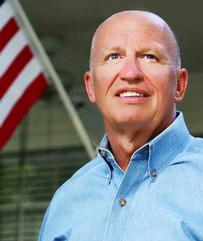
WASHINGTON, D.C. - FAQ: Public Health and Social Service Emergency Fund.
Key points:
- The CARES Act invested $100 billion into the Public Health and Social Service Emergency Fund for health care providers.
- The first tranche of $30 billion is going out the door now, with allocations going to providers proportionately based on how much a given provider billed Medicare fee-for-service in 2019.
- Providers can find more information here.
- Find out how much your state received here.
- These dollars will provide critical cash flow and flexibility to providers that billed Medicare fee-for-service last year, including rural hospitals that are dependent on Medicare.
The details:
- It’s critical these grants go out the door in a transparent and rapid way, especially to the providers on the front-line of the COVID-19 fight.
- While this distribution system is not perfect, the Administration should be commended for developing a system that delivers support to key health care facilities quickly.
- Congress will continue to work with the Administration to ensure delivery of subsequent rounds of funding to providers whose revenue mix is less heavily weighted to Medicare fee-for-service.
- This funding is in addition to the $51 billion CMS has delivered in the past week to the healthcare providers on the frontlines through the expansion of the Accelerated and Advance Payment Program.
FAQs:
How is the first $30 billion tranche of CURES’ $100 billion investment in the Public Health and Social Service Emergency Fund for health care providers being allocated?
The first $30 billion of the $100 billion fund will be distributed through the Health Resources and Services Administration (HRSA) to health care providers proportionally, based on the providers’ share of total Medicare payments in 2019.
For example, if total Medicare fee-for-service payments in 2019 were $100 and one physician received $2 in payments from Medicare fee-for-service in 2019, then that physician accounted for 2 percent of total Medicare fee-for-service payments in 2019. According to this formula, that physician would receive 2 percent of this $30 billion.
Who qualifies for this first round of funding?
All facilities and providers that received Medicare fee-for-service (FFS) reimbursements in 2019 are eligible for this initial rapid distribution.
What are the restrictions on how grant recipients spend this round of funding?
Providers that accept this funding must protect patients and are banned from sending “surprise” balanced bills to those they treat for the coronavirus. Moreover, providers that accept this money to cover costs for treating the uninsured must accept Medicare rates.
How quickly will the money hit the provider’s bank account?
Grants were electronically distributed this morning (April 10th) with the majority of funds expected to be deposited in providers’ bank accounts that day.
What do providers need to do after receiving funds?
In order to officially accept these funds, providers must sign an attestation confirming receipt of funds and agree to the terms and conditions of payment within 30 days. They can do this through a provider portal that will open up the week of April 13th.
What if a provider doesn’t qualify for this round of grants?
The objective with this first funding round is immediate relief, and CMS based this distribution formula on data they already had. CMS has indicated that future rounds of funding from the $100 billion fund will have a more formal application process, and that some portion of future allocations could be targeted towards providers that do not typically bill Medicare, such as pediatricians or children’s hospitals.
What about providers who do qualify for this round, but generally don’t have a large traditional Medicare population?
There will be some providers that receive money in this first allocation, but receive a smaller sum based on their patient population. For example, providers who see a disproportionately high amount of Medicare Advantage payments will see a lower payment in this funding round since MA payments are not counted with traditional Medicare payments. CMS has acknowledged this short-coming and has been clear that these providers will be still be eligible for future grant allocations from the Public Health and Social Service Emergency Fund.
White House Fact Sheet on the program here.
More resources for providers here.
Want to read more on the fight against Coronavirus? Read our Coronavirus Bulletin here which contains our extensive FAQ about recent federal actions.
Key points:
- The CARES Act invested $100 billion into the Public Health and Social Service Emergency Fund for health care providers.
- The first tranche of $30 billion is going out the door now, with allocations going to providers proportionately based on how much a given provider billed Medicare fee-for-service in 2019.
- Providers can find more information here.
- Find out how much your state received here.
- These dollars will provide critical cash flow and flexibility to providers that billed Medicare fee-for-service last year, including rural hospitals that are dependent on Medicare.
The details:
- It’s critical these grants go out the door in a transparent and rapid way, especially to the providers on the front-line of the COVID-19 fight.
- While this distribution system is not perfect, the Administration should be commended for developing a system that delivers support to key health care facilities quickly.
- Congress will continue to work with the Administration to ensure delivery of subsequent rounds of funding to providers whose revenue mix is less heavily weighted to Medicare fee-for-service.
- This funding is in addition to the $51 billion CMS has delivered in the past week to the healthcare providers on the frontlines through the expansion of the Accelerated and Advance Payment Program.
FAQs:
How is the first $30 billion tranche of CURES’ $100 billion investment in the Public Health and Social Service Emergency Fund for health care providers being allocated?
The first $30 billion of the $100 billion fund will be distributed through the Health Resources and Services Administration (HRSA) to health care providers proportionally, based on the providers’ share of total Medicare payments in 2019.
For example, if total Medicare fee-for-service payments in 2019 were $100 and one physician received $2 in payments from Medicare fee-for-service in 2019, then that physician accounted for 2 percent of total Medicare fee-for-service payments in 2019. According to this formula, that physician would receive 2 percent of this $30 billion.
Who qualifies for this first round of funding?
All facilities and providers that received Medicare fee-for-service (FFS) reimbursements in 2019 are eligible for this initial rapid distribution.
What are the restrictions on how grant recipients spend this round of funding?
Providers that accept this funding must protect patients and are banned from sending “surprise” balanced bills to those they treat for the coronavirus. Moreover, providers that accept this money to cover costs for treating the uninsured must accept Medicare rates.
How quickly will the money hit the provider’s bank account?
Grants were electronically distributed this morning (April 10th) with the majority of funds expected to be deposited in providers’ bank accounts that day.
What do providers need to do after receiving funds?
In order to officially accept these funds, providers must sign an attestation confirming receipt of funds and agree to the terms and conditions of payment within 30 days. They can do this through a provider portal that will open up the week of April 13th.
What if a provider doesn’t qualify for this round of grants?
The objective with this first funding round is immediate relief, and CMS based this distribution formula on data they already had. CMS has indicated that future rounds of funding from the $100 billion fund will have a more formal application process, and that some portion of future allocations could be targeted towards providers that do not typically bill Medicare, such as pediatricians or children’s hospitals.
What about providers who do qualify for this round, but generally don’t have a large traditional Medicare population?
There will be some providers that receive money in this first allocation, but receive a smaller sum based on their patient population. For example, providers who see a disproportionately high amount of Medicare Advantage payments will see a lower payment in this funding round since MA payments are not counted with traditional Medicare payments. CMS has acknowledged this short-coming and has been clear that these providers will be still be eligible for future grant allocations from the Public Health and Social Service Emergency Fund.
White House Fact Sheet on the program here.
More resources for providers here.
Want to read more on the fight against Coronavirus? Read our Coronavirus Bulletin here which contains our extensive FAQ about recent federal actions.
Comments •


